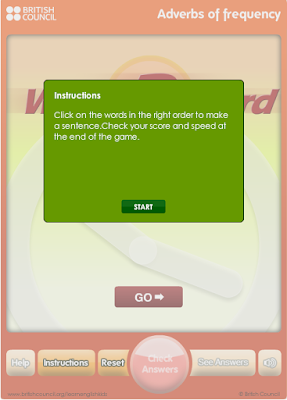Maintaining a healthy body weight is crucial for overall good health. At the core of this philosophy lies a balanced diet and plenty of physical activity. Although that rule is true for everyone, it holds a special meaning to athletes. The desire for an athlete to improve performance is usually a good trait; but, in some cases, it may be taken too far. A major cause of concern comes from the mentality that thinness is directly related to an athlete’s self-worth and the ability to become better at his or her sport. At this point, it is time toseek help.
In general, an eating disorder is a condition when a person suffers from an unhealthy body image paired with harmful eating practices. The three classifications of eating disorders are anorexia nervosa (restrict food with or without binge-purge cycles), bulimia nervosa (binge-purge cycles), or eating disorders not otherwise specified (EDNOS). They are often connected with psychological disorders including anxiety, depression, and over-compulsive behavior. Current research is unable to accurately show how prevalent eating disorders are within the athletic population. Data suggest that the number of athletes affected by this disease could range anywhere between 1% and 62% in females and between 0% and 57% in males1.
Participating in athletics is demanding on the body. The body requires a substantial amount of energy and other nutrients to perform repeatedly or for a long time, and even more to fully recover from that physical activity. This underscores why nutrition counseling is an important aspect in successful training and competition. The body receives most of its energy from carbohydrates and fat. Protein is also needed to help build and repair muscle. Athletes who inappropriately restrict the amount of food they eat will hinder their training and athletic performance by decreasing muscle mass and allowing fatigue to set in more quickly. A diet too low in calories can also make it much more difficult to reach the minimum level of nutrients needed to stay healthy. Calcium, vitamin B-12, and iron are common nutrient deficiencies found in food-restricted diets1. Because the body is weakened from the lack of energy and other nutrients, there is also an increased risk of injury.
Athletes put a lot of pressure on themselves to get the best score or lowest time. Many sports also have the added pressure of achieving and maintaining a certain body image. Some sports in particular, such as running and gymnastics, have some of the highest rates of eating disorders when compared to other sports 2.
Signs and Symptoms: Signs and symptoms of an eating disorder can vary greatly by individual. Restricting food is not the only sign of an eating disorder so it is important to be aware of other characteristics. The American Psychiatric Association provides this list to help identify a person with an eating disorder:2
- Intense fear of gaining weight
- A connection between body shape and size to self-worth
- A weight loss that drops him or her below 85% of a normal weight for age and height, and the inability to see the danger of the extreme weight loss
- In females, the loss of menstruation for longer than three months
- Episodes of binge eating, which is eating an unusually large amount of food, followed by a purge, which may be self-induced vomiting, misusing laxatives, or over-exercising.
- Binge eating and purging at least twice a week for three months
In athletes, over-exercising is more difficult to recognize when compared to non-athletes, but it is still an issue that needs to be considered. If the motivation to exercise changes from improving athletic performance to only thinking about burning calories from the previous meal2, then it may be a sign of something else going on, such as an eating disorder.
The health consequences related to an eating disorder include a disruption in normal hormone levels, depression, weakened bones, malnutrition, tooth decay, stomach problems, infertility in women, damage to the heart, and possibly death1. Successful recovery from this disease requires intervention from a team of professionals, typically including a physician, a mental health counselor, and a dietitian. An appointment with any one of those providers will be able to offer assistance and make referrals.
1Beals KA. Disordered eating in athletes. In: Dunford M, ed. Sports Nutrition: A Practice Manual for Professionals. 4th ed. Chicago, IL: American Dietetic Association; 2006:336-354.
2Clark N. Sports Nutrition Guidebook. 4th ed. Champaign, IL: Human Kinetics; 2008.








































































